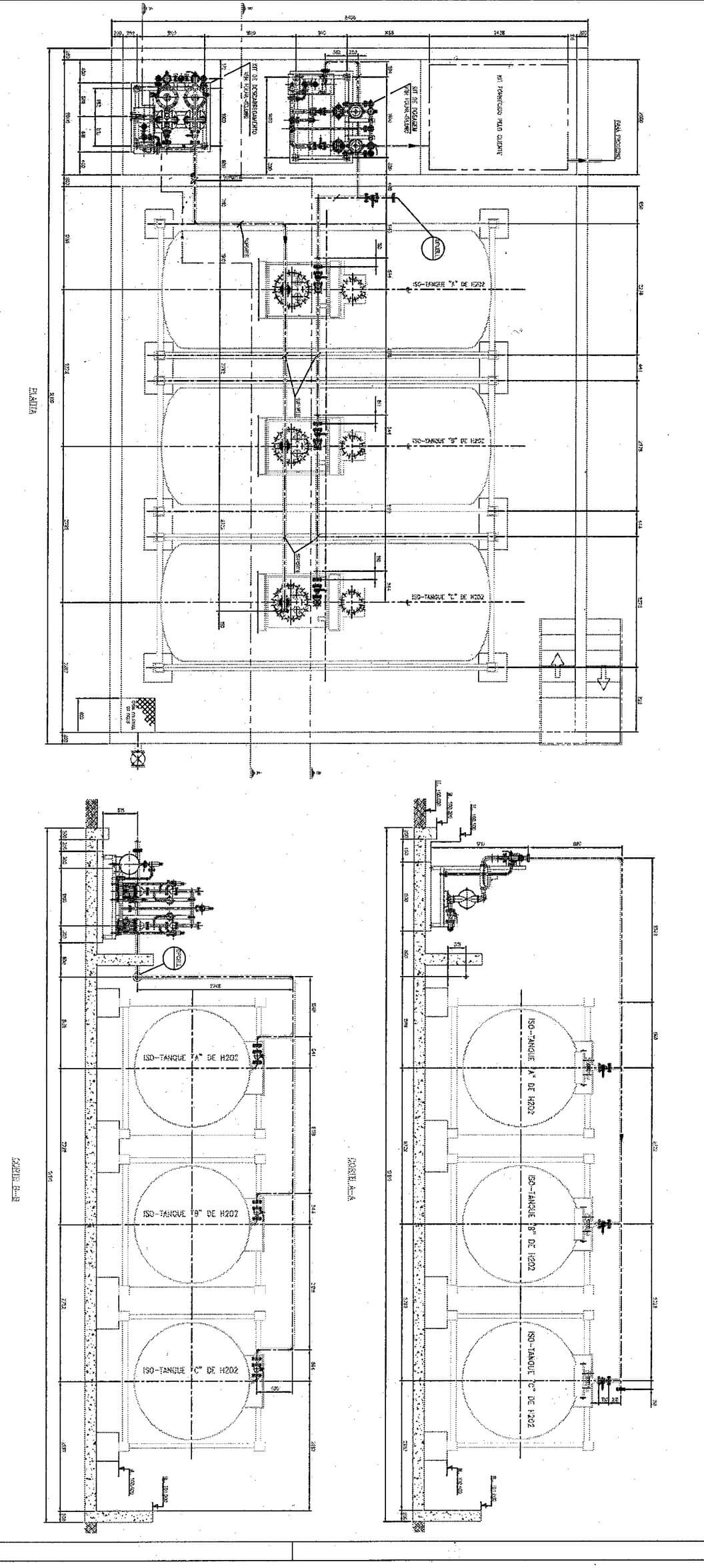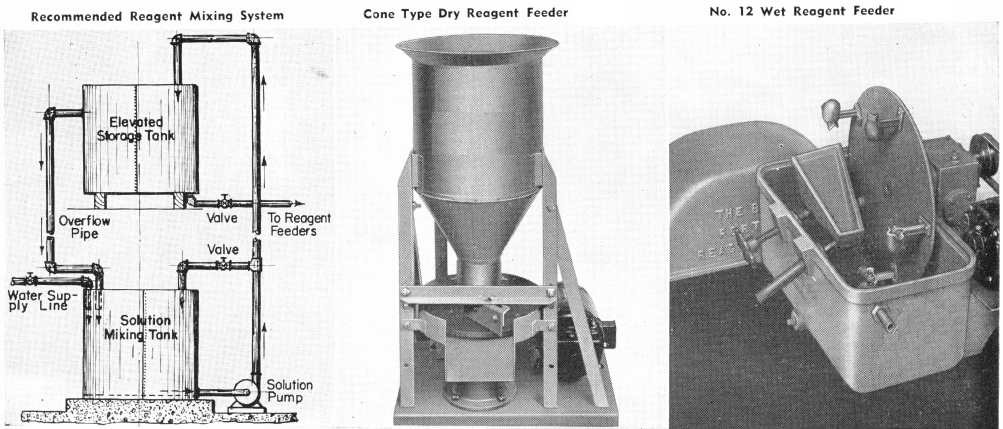Cement Clinker Grinding Aids

The use of a good Cement clinker grinding aid can be vital in today’s increasing material demands. Along with the obligation to process increasingly larger quantities of ores containing finely disseminated minerals, our limited energy resources and the rising costs of energy present a challenge to the process engineer. One research route that has been […]
Assaying for Cyanide

Methods for the analysis of cyanide silver-plating solutions were studied, including the determination of free cyanide, total cyanide, carbonate, chloride, ammonia, silver, iron, copper, and mercury. Electrometric titrations showed that the Liebig method for alkali cyanide is correct to better than 0.2 per cent. Addition of iodide makes the method still more accurate and overcomes […]
FREE Cyanide Assay Method
A simple example of the application of a complexation reaction to a titration procedure is the titration of cyanides with silver nitrate solution. When a solution of silver nitrate is added to a solution containing cyanide ions (e.g. an alkali cyanide) a white precipitate is formed when the two liquids first come into contact with […]
How to Collect a Sample for Cyanide Analysis

It is important to make use of composite sampling and to take at least five samples. Grab samples may be representative of flow during a short period and any other sample shown to be representative of waters being sampled may be applicable. The collection of samples for cyanide determination will require treatment to preserve the […]
Cyanide Assay Methods

Summary of CN Analysis Methods Description Name Method Description Potential Interferences Measurement Free Cyanide ASTM D 4282 Passive Diffusion at pH 6 and room temperature • Storage • Measurement • Manual chlorination of cyanide with chloramine-T and subsequent reaction with pyridine-barbituric acid. • Maximum absorbance is determined by manual colorimetry. ASTM D 7237 Flow Injection […]
Cyanide in Nature

Carbon and nitrogen, the two elements that make up cyanide, are present all around us. Together they make up almost 80% of the air we breathe, and both are present in the organic molecules that are the basis of all life forms. Hydrogen cyanide was formed in the earliest stages of the development of our planet as a […]
Hydrogen Peroxide Cyanide Destruction Plant

Hydrogen peroxide (H2O2) oxidizes free and weakly-complexed cyanide in a one-step reaction to yield cyanate. Metals such as copper are precipitated simultaneously as hydroxides. CN- + H2O2 → OCN- + H2O………………………………………………………….(1) 2 Cu(CN)3²- + 7H2O2 + 2OH- → 6OCN- + 2Cu(OH)2 + 6H2O…………………………………..(2) The strongest metal-cyanide complexes commonly encountered in the effluents from gold and […]
Cyanide Destruction Methods and Processes

Detoxification processes are used to reduce the concentrations of toxic constituents in tailings streams and process solutions, either by dilution, removal, or conversion to a less toxic chemical form (sometimes referred to as“destruction” or “degradation” in the case of toxic cyanide species). The objective is to produce an effluent that meets limits or guidelines that have been set […]
Flotation Reagents: Uses and Advantages in Ore Processing

This data on chemicals, and mixtures of chemicals, commonly known as reagents, is presented for the purpose of acquainting those interested in froth flotation with some of the more common reagents and their various uses. Flotation as a concentration process has been extensively used for a number of years. However, little is known of it as […]
pH Indicators

The control of pH is recognized as an important factor in successful and profitable flotation milling treatment. Colorimetric pH control is widely used because of its simplicity which allows its use without technical training. The only requirement is that the operator be able to match colors, making it possible for the average worker to obtain accurate […]
